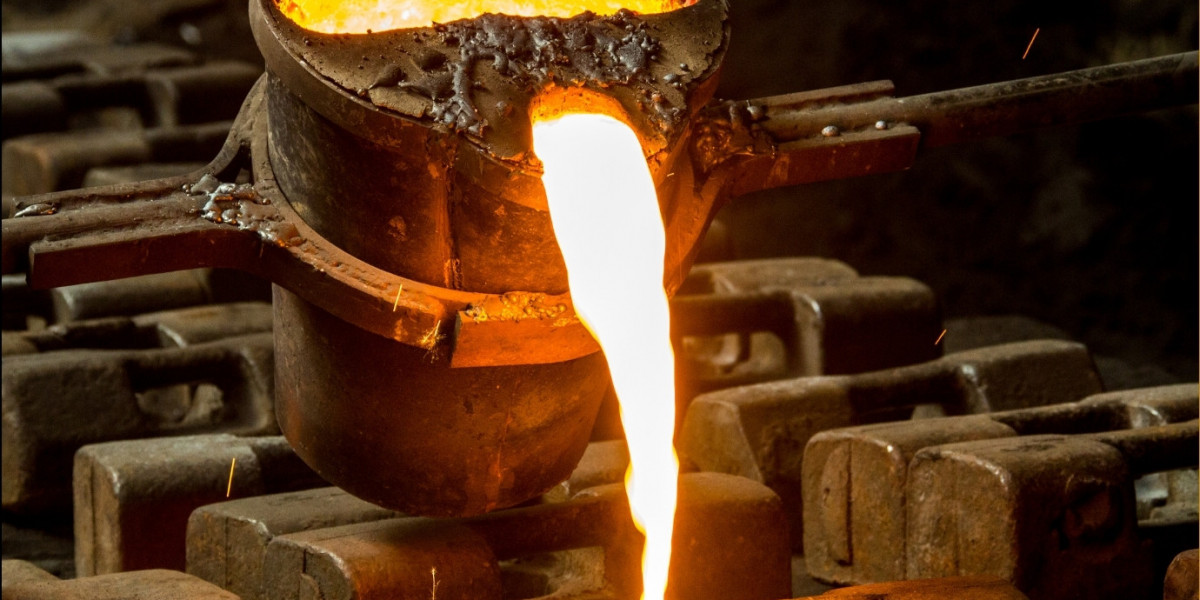Precision casting, also known as investment casting, is a sophisticated manufacturing process that enables the creation of intricate and high-quality components with exceptional dimensional accuracy. This comprehensive guide aims to shed light on Precision casting, exploring its techniques, materials, and applications. From aerospace to medical industries, understanding Precision casting is vital for engineers, manufacturers, and those seeking to achieve complex designs with precision.
The Essence of Precision Casting:
Precision casting is a technique that produces complex components with tight tolerances and excellent surface finishes. It involves creating a wax or thermoplastic pattern, coating it with a ceramic shell, and then melting out the pattern to create a cavity. Molten metal is poured into the cavity, replicating the shape of the pattern. Precision casting allows for the production of intricate geometries, thin walls, and delicate features that are challenging to achieve using other manufacturing methods.Pattern Production and Assembly:
The Precision casting process begins with the production of a pattern. The pattern can be created using wax, thermoplastics, or other materials suitable for melting or dissolving later. The patterns are then assembled onto a gating system, which includes sprues, runners, and risers. The gating system facilitates the flow of molten metal and helps prevent defects such as porosity and shrinkage.Ceramic Shell Formation:
Once the pattern assembly is complete, a ceramic shell is built around it. The pattern is dipped or coated with a ceramic slurry multiple times, allowing each layer to dry before applying the next. After several layers, a refractory coating, often made of fine sand called stucco, is applied to reinforce the shell's strength. This process is repeated until a robust and heat-resistant ceramic shell is formed.Dewaxing and Shell Preheating:
The next step is the removal of the pattern from the ceramic shell, which is achieved through dewaxing. The assembled shell is heated in an autoclave or furnace, causing the pattern to melt or vaporize, leaving behind a hollow shell. This process is crucial for ensuring an accurate and defect-free cavity for the molten metal.Metal Pouring and Solidification:
Once the ceramic shell is prepared, it is ready for the metal pouring process. The shell is preheated to a specific temperature to prevent thermal shock when the molten metal is introduced. The metal, typically an alloy chosen for its specific properties, is poured into the shell using gravity or vacuum casting methods. The metal fills the cavity and solidifies, taking the shape of the intricate pattern.Shell Removal and Finishing:
After the metal has fully solidified, the ceramic shell is broken or removed to reveal the cast component. This process, known as shell removal or knockout, can be done mechanically, chemically, or through a combination of methods. The cast component undergoes further finishing operations such as cutting, grinding, sandblasting, or heat treatment to achieve the desired shape, surface finish, and mechanical properties.Quality Assurance:
Precision casting involves stringent quality control measures to ensure the integrity and accuracy of the final components. Non-destructive testing methods such as X-ray, ultrasonic testing, or dye penetrant inspection are employed to detect any defects or imperfections. Dimensional inspection and visual examination are also performed to verify compliance with design specifications.
Conclusion:
Precision casting is a remarkable manufacturing process that enables the production of intricate and high-quality components with exceptional precision and surface finish. By understanding the pattern production, ceramic shell formation, metal pouring, and finishing processes, manufacturers can achieve complex designs and tight tolerances. Precision casting finds applications in industries such as aerospace, medical, and automotive, where intricate and reliable components are crucial. With continuous advancements in materials, techniques, and quality control, Precision casting remains a valuable method for creating precise and intricate components that drive innovation across various industries.








